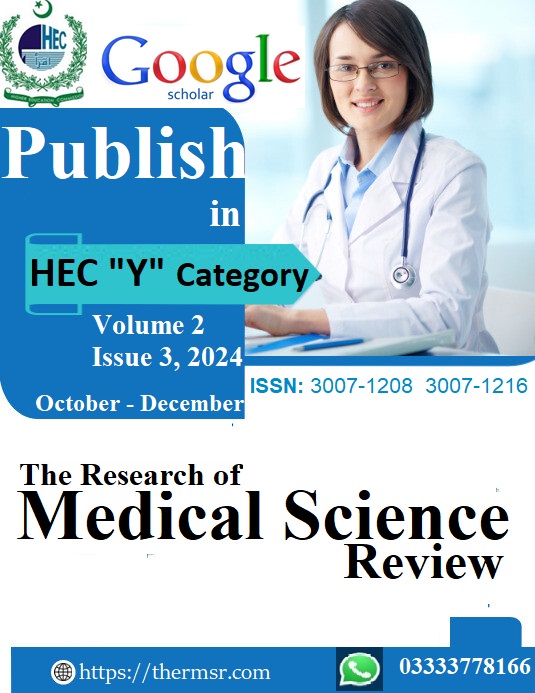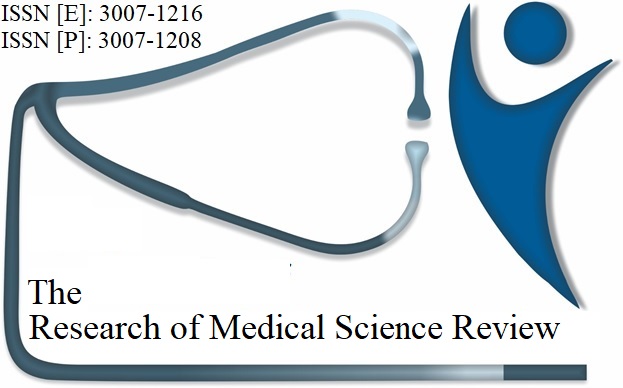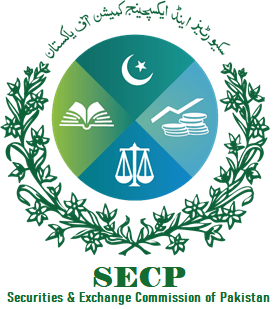RISK FACTORS, PREVALENCE, AND SURGICAL OUTCOMES OF PALATAL FISTULAS: A GLOBAL AND PAKISTANI PERSPECTIVE
Keywords:
Palatal Fistula, Prevalence,, Recurrence, Surgeon, SurgeryAbstract
Palatal fistulas are a common complication after palatoplasty. Factors such as age, nutritional status, and various other factors can influence the risk of fistula formation. These fistulas can lead to complications such as nasal regurgitation and speech disorders,
affecting the quality of life for patients. Causes and risk factors include surgical techniques, patient demographics, and the severity of the cleft. Hence the objective of this study is to examine the prevalence, recurrence rates and associated risk factors of palatal fistula, The incidence of palatal fistulas varies globally, with global rates ranging from 10% to 30%. In Pakistan, the incidence is approximately 9.6%, highlighting the need for improved surgical techniques and postoperative care. Several factors also come into consideration
including; the health of the patient, timing of the repair and experience of the surgeon. Moreover, patients of younger age with severe clefts may be more vulnerable to develop complications; this is because of issues such as tissue blood supply and the ability of the
facial tissues to heal. Risk factors for palatal fistula and prevalence and recurrence rates of palatal fistula according to the literature from the world are provided in this review, Understanding the success rates and complications associated with various surgical and
non- surgical methods is essential for improving patient outcomes. Further research into the existing knowledge of palatal fistula is essential for reducing recurrence rates and improving the quality of life for those impacted by palatal fistulas.
Downloads
Downloads
Published
Issue
Section
License

This work is licensed under a Creative Commons Attribution-NonCommercial-NoDerivatives 4.0 International License.













